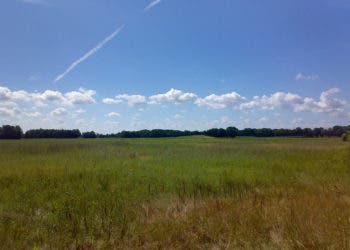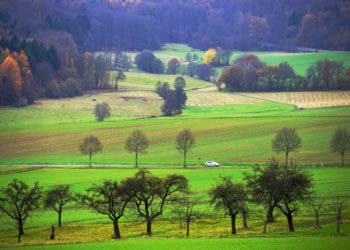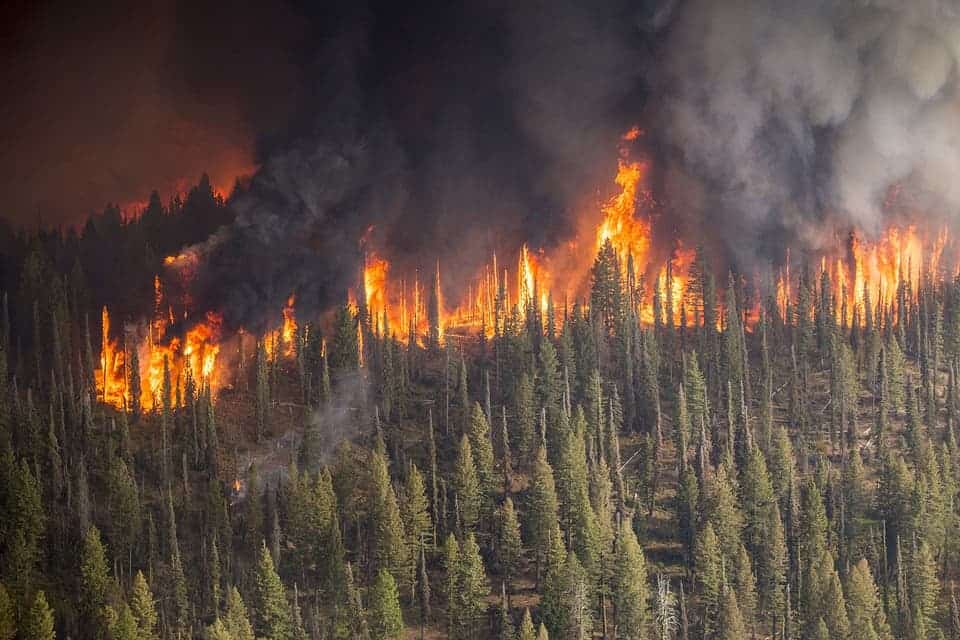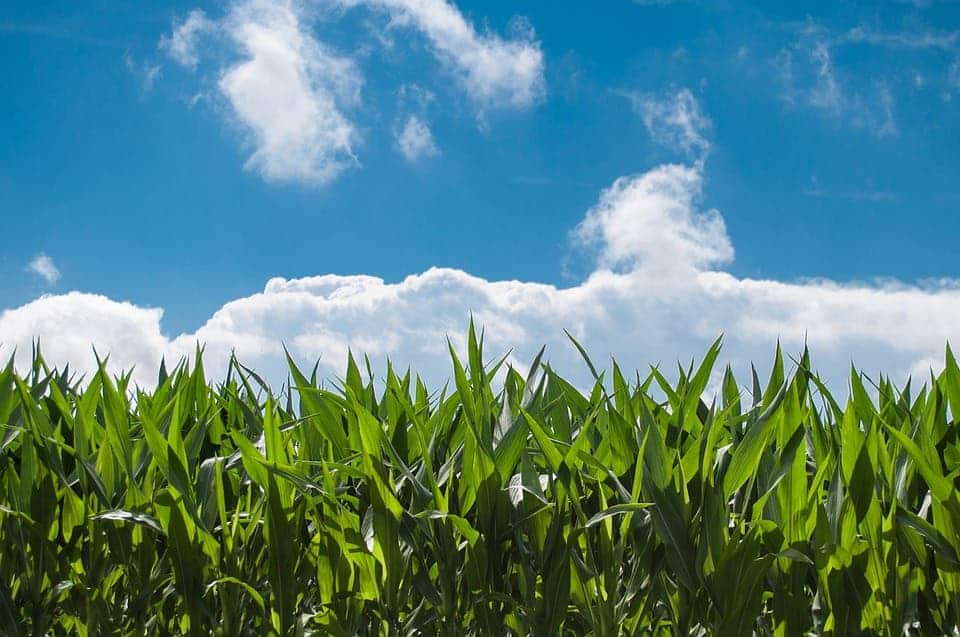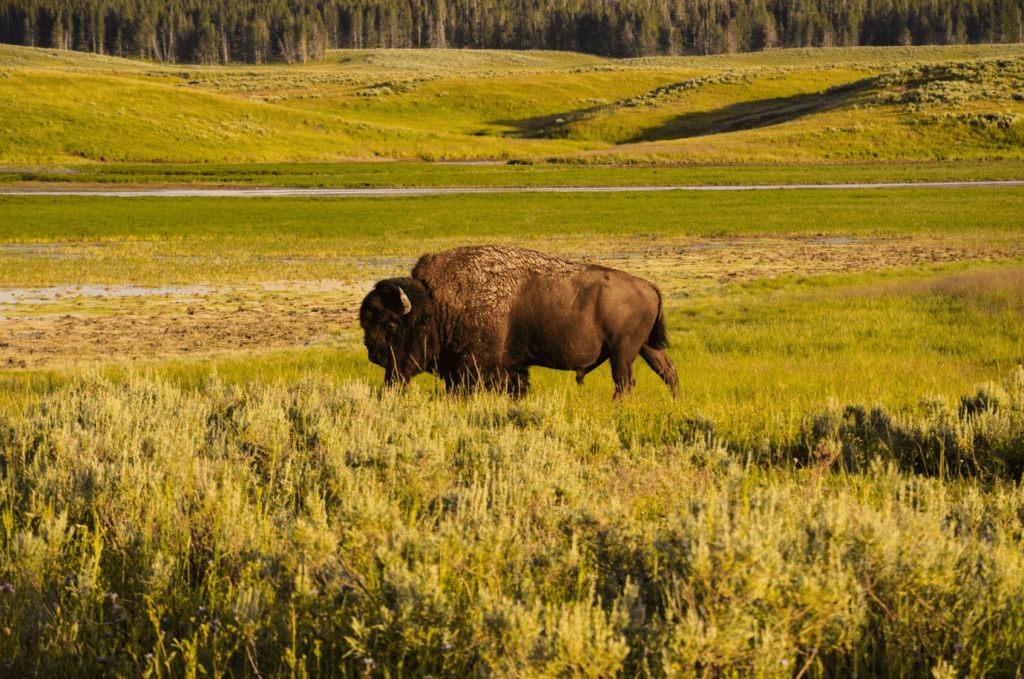
American’s midwestern grasslands are a national treasure. These iconic landscapes, however, are threatened by urbanization, invasive species, and farming. If these prairies disappear, so will many populations of animals that live there, such as burrowing owls, hawks, deer, foxes, prairie dogs, and the black-footed ferrets, to name a few.
For years, conservation groups have tried to restore grasslands to reasonable levels. Time and time again, however, their plans have been foiled by a seemingly harmless critter: hungry field mice that show up and devour grass seeds planted by humans. What to do?
Instead of trying to exterminate the mice (which would have been a horrible idea), researchers at the University of Montana, Missoula devised a plan to deter the rodents, which involved ‘spicing up’ the seeds.
The researchers were aware that some plants contain secondary defense compounds that deter seed predators. Dean Pearson, a research ecologist at the USDA Forest Service, and colleagues coated their prairie-restoring seeds with capsaicin, the stuff in chili peppers that makes your mouth feel hot. It all worked wonderfully, reducing the number of seeds gobbled up by deer mice (Peromyscus maniculatus) by 86%.
“We’re seeing if we can do this ground-up approach to make it as cheap as possible to place on the seeds and protect them from rodents,” Pearson told The Missoulian in 2012. “If you exclude rodents from this, we can increase germanium (the ability of the plants to germinate and grow) substantially.”
The added benefit is that the method doesn’t involve any herbicides or toxic compounds of any kind, thereby sparing other species.
Coating seeds with the pepper’s active ingredient in a viable form proved a lot harder than it sounds, though. One of the most important challenges was finding a chili powder that was powerful enough to deter rodents but which would not block seeds from germinating. The coating would also have to withstand outdoor weathering effects over a period of multiple months. After much trial and error, the researchers dialed in on Bhut Jolokia (C. chinense), or ghost pepper. Bhut Jolokia is one of the world’s hottest peppers, if not the hottest, with readings in excess of 1,000,000 Scoville units or 400 times hotter than Tabasco sauce.
According to the results published in the journal Restoration Ecology, the technique rendered the best results when the spicy seeds were planted in late winter.
“Our results demonstrate that coating seeds with natural plant defense compounds may provide an effective, economical way to improve the efficacy of plant restoration by deterring seed predation by ubiquitous rodent granivores,” the authors concluded.
